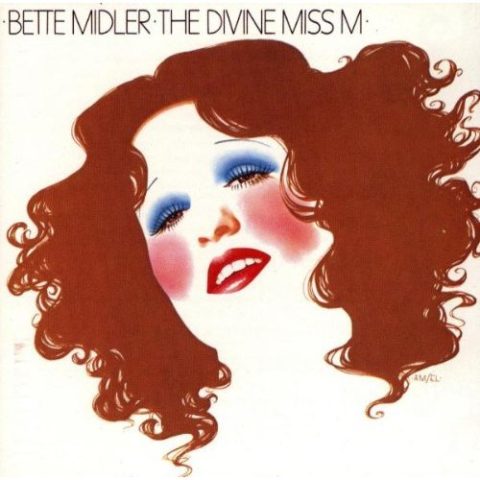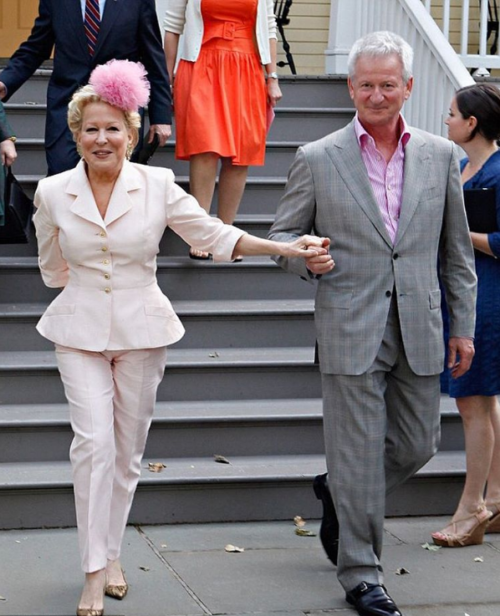Vanity Fair
Of Kings and Queens
By Graydon Carter
March 7, 2013
Remembering Sue Mengers: Everybody Came to Sue’s
Those who remember New York in the 1970s, as I do, look back on a city that had hit a very rough patch–decaying, bankrupt, and crime-ridden. But fun. Looking at real-estate prices back then, from today’s perspective, is like a trip through the Looking-Glass. Indeed, for a period of several months in 1978 and 1979 the most valuable pieces of real estate in all of Manhattan may well have been spots at the front of the line for “Treasures of Tutankhamun,” at the Metropolitan Museum of Art. Some eight million people visited the Tut exhibition–not only a mass of humanity greater than the population of New York at the time, but more people than Tut ruled when he was king. It was the beginning of the art-museum blockbuster show, and if you were around at the time, you know just how much of an extravaganza it was. David Kamp’s remarkable piece on the exhibition and the hoopla that it caused, “King of New York,” starting on page 158, gives us back that moment–what he rightly calls “one of the most all-encompassing cultural phenomena of the second half of the 20th century.”
The 1922 discovery by Howard Carter and Lord Carnarvon of Tutankhamun’s undisturbed tomb with its staggering wealth of solid-gold treasures had given rise to the first burst of Tut-mania, which swept the next few years of the decade. It not only erupted through fashion and fads, but had a huge effect on architecture. Indeed, it is because Tut-mania coincided with the birth of Hollywood and the building boom of the great movie palaces that so many theaters from that time were designed to look like Egyptian temples.
In the early 70s, two prominent and patrician museum directors were vying for not only the public’s attention but also its purse: J. Carter Brown, at Washington’s National Gallery, and Thomas Hoving, at the Metropolitan Museum. Each man had long had his eye on the Tut treasures, then moldering in the dilapidated Egyptian Museum, in Cairo. But the decisive impetus actually came from Richard Nixon, who made a triumphal state visit to Egypt in the waning days of his doomed presidency. Looking for something–anything–that could be hailed as an “agreement” to sign, the White House and Egyptian president Anwar Sadat settled on a traveling exhibition of Tut’s funerary haul. By 1976, some 55 of the choicest artifacts were crossing the Atlantic on a U.S. Navy ship.
Kamp’s is one of those tales that leverage a disparate array of cultural references in the service of a remarkably entertaining narrative. Everything from Nixon’s phlebitis and the Yom Kippur War to Bloomingdale’s, Egyptian cabdrivers, “Doonesbury,” Steve Martin and Saturday Night Live, the house from Downton Abbey, and a Nile mosquito have parts to play. The impact of the exhibition was not just cultural. “Treasures of Tutankhamun” boosted the economy of every city it passed through. It pumped an estimated $111 million into New York alone, at a time when the city realÂly needed the money. Along the way, museum directors became showmen, curators became entrepreneurs, and there would be no turning back.
A little over a year ago, I was having a drink with John Logan, one of the most gifted playwrights (Red) and screenwriters (Gladiator, Sweeney Todd, Skyfall) working today. At some point the conversation turned to Sue Mengers, who had recently died. Sue was many things, none of them run-of-the-mill. The bullet-point version goes like this: first female superagent; legendary Hollywood wit; and the town’s most accomplished hostess. She was also a dear friend to a lot of people, me included. I had always wanted to do a documentary on her, but for one reason or another, it just never happened. When I mentioned this to John, he mulled for a moment, and then suggested a one-woman play. I thought the idea was an inspired one, and I had a feeling that Sue’s loyal circle of friends would think so, too. I introduced John to many of them and asked Annabelle Dunne, a Vanity Fair Oscar-party hand who was looking for something to work on, to pull together a big dossier of research on Sue.
Four months later, John sent me his play and asked if I would help produce it–a perilous gesture of goodwill given my nonexistent theater résumé. Fortunately, he also asked his Red producer, Arielle Tepper Madover, to sign on, and she was followed by James L. Nederlander and the Shubert Organization. We went after just one director, Joe Mantello, the brilliant wizard of Wicked, Other Desert Cities, and Take Me Out. (It almost goes without saying that everybody mentioned so far has Tony Awards up the ying-yang.) Once Joe accepted, we needed a star capable of capturing the essence of Sue and bringing her alive onstage. We all agreed that there was one actress who was perfect for the part: Bette Midler. She knew Sue, Sue adored her, and not to get too showbizzy on you, it seemed like a perfect match. To Bette’s legion of admirers, this was welcome news, inasmuch as she hadn’t been on a Broadway stage in more than three decades. It took a bit of persuading, but she accepted. And, lo and behold, John Logan’s play I’ll Eat You Last: A Chat with Sue Mengers, starring Bette Midler and directed by Joe Mantello, opens at the Booth Theatre on April 24.
To write about the pairing of Sue and Bette for Vanity Fair, we have recruited Maureen Dowd, another Mengers chum. In her knowing and funny article, “Baby, It’s Sue,” beginning on page 154, Maureen recounts Bette’s part in an ill-fated attempt a decade ago to lure Mengers away from her Beverly Hills command center and introduce her to the virtues of clean living as practiced at Canyon Ranch, in Arizona. Mengers made it onto the plane, and in fact all the way to the spa, but her Beverly Hills routine (chocolate, champagne, cigarettes, pot, fabulous conversation) quickly re-asserted itself. The mission was doomed. Dowd talked at length with Bette not only about the similarities between Mengers’s and Midler’s backgrounds and lives but also about the difficulties in playing a real person of recent vintage, and one with a lot of friends who will be watching to see if the production does her justice. Speaking as one of them, I think Logan has captured not just Sue’s brassy, sparkling wit but also something about her that is authentic and moving. And I’ll also say this: one Divine Miss M deserves the other.








Well, is the Vanity Fair piece out yet?
I usually get it in the mail but haven’t received it yet